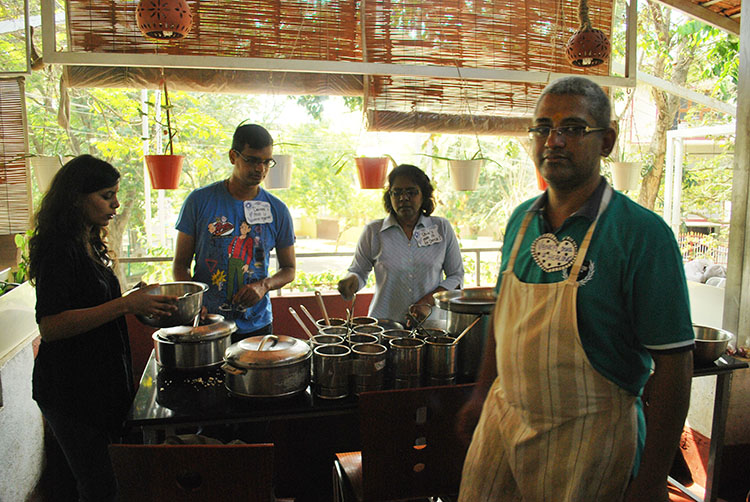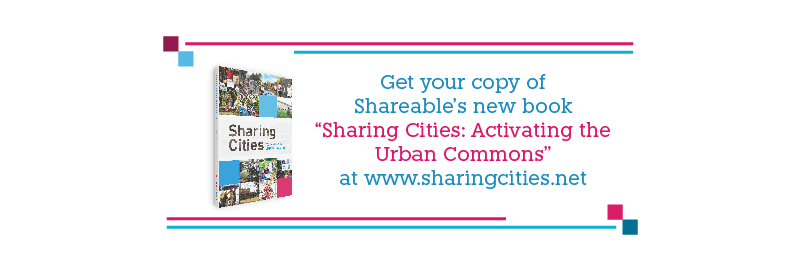Here's the problem: Food — the most basic necessity of life — is becoming scarce. Approximately 795 million people in the world don’t have access to sufficient food to be healthy, according to the World Food Program. But what if we turned that assumption of scarcity into abundance and started sharing generously with strangers? It might not solve the problem of food scarcity in the world, but it is a significant step in ending hunger.
Here's how one organization is working on the solution: Seva Cafe launched in 2006 in Ahmedabad, India, as an experiment in peer-to-peer generosity and the family model of sharing food. The whole organization is run on a daily basis by seven to eight volunteers who make and serve meals to guests. Based on the model of gift economy, the meals are served as an unconditional gift, with no price. Guests may choose to pay or volunteer with the organization, but they aren't required to do either. The bill at Seva cafe reads "0/-" with only this footnote, "Your meal was a gift from someone who came before you. To keep the chain of gifts alive, we invite you to pay it forward for those who dine after you." The entire financial process and operation is completely transparent and run by the energy of giving. Seva Cafe is also famously known as "Karma Kitchen" in many countries. It is part of a larger trend of pay-it-forward restaurants.
Results:
- What started as a simple idea has turned into a full operation, running seven days a week and serving around 60 guests daily.
- People are empowered and believe they have enough to offer.
Learn more from:
This case study is adapted from our latest book, "Sharing Cities: Activating the Urban Commons." Get a copy today.










